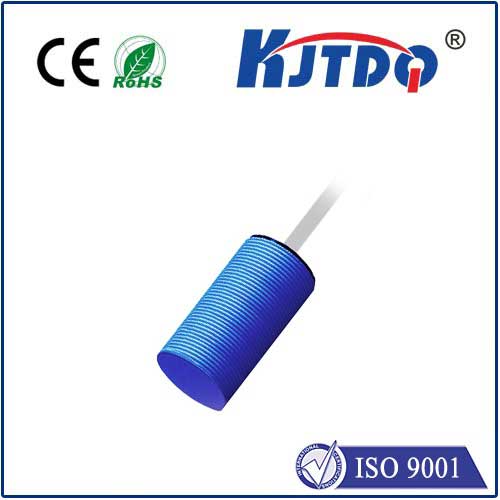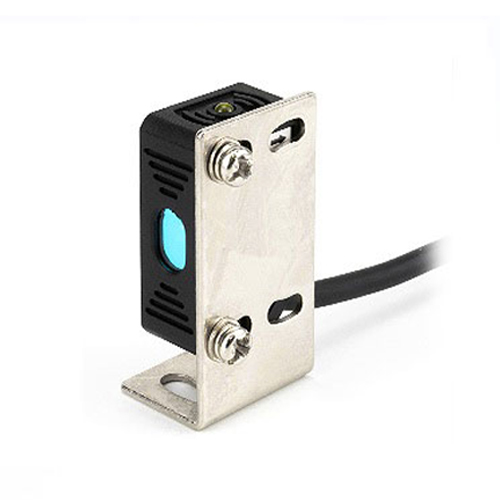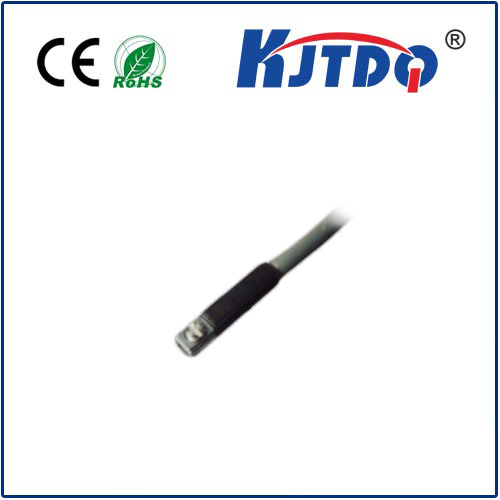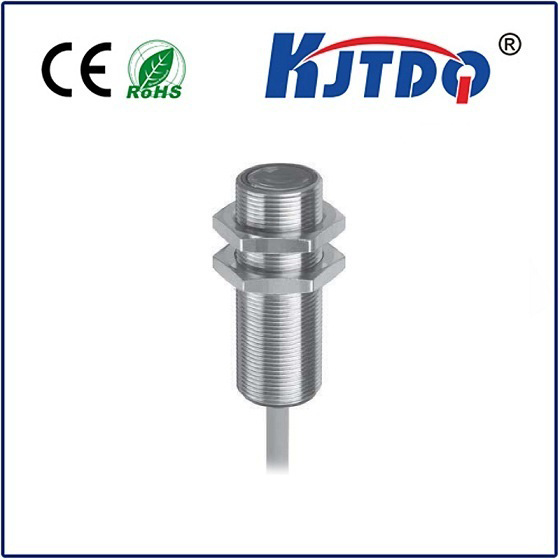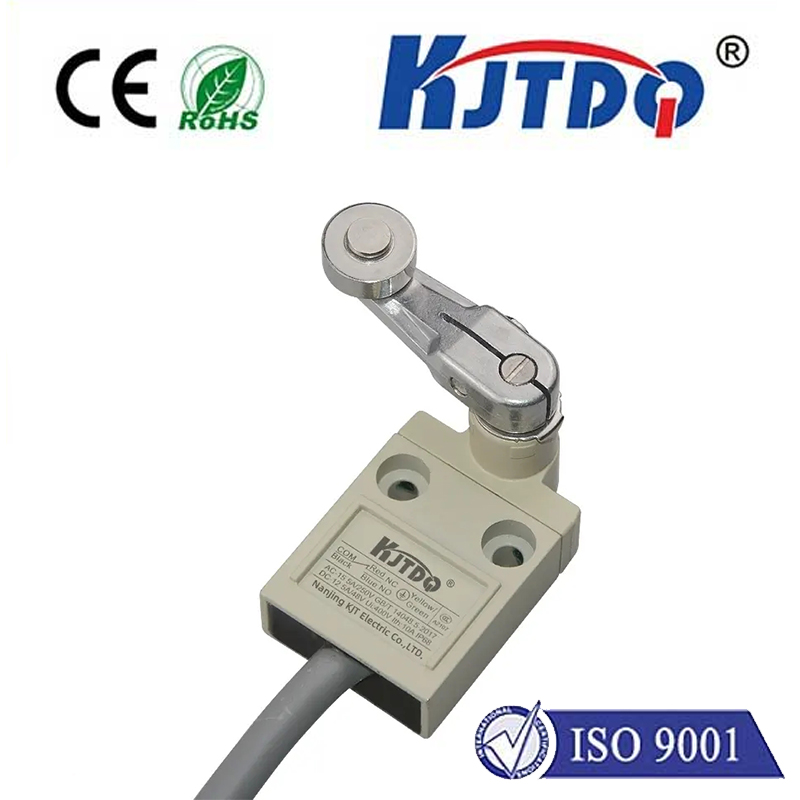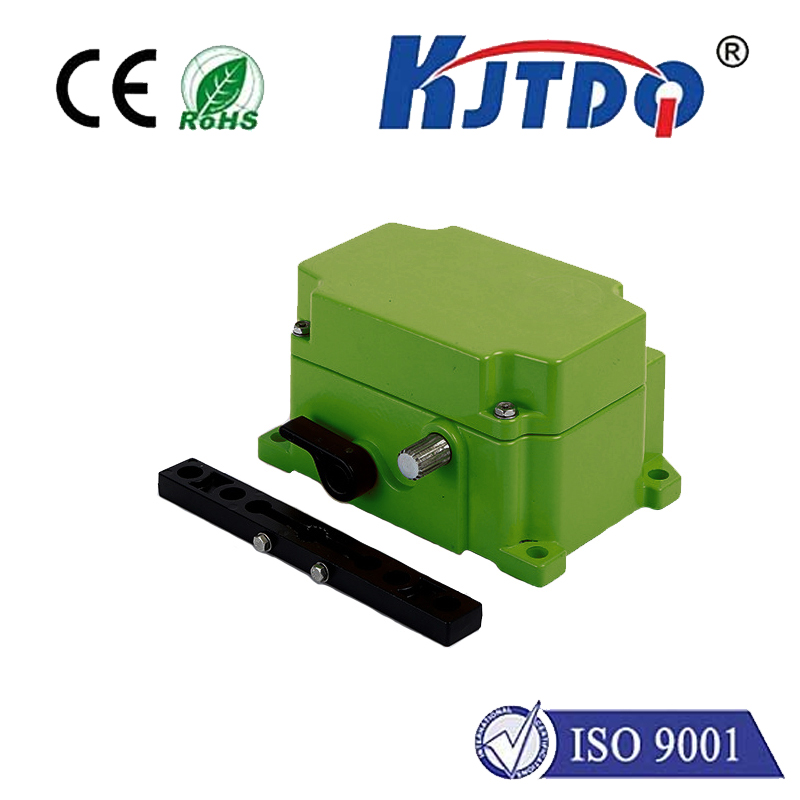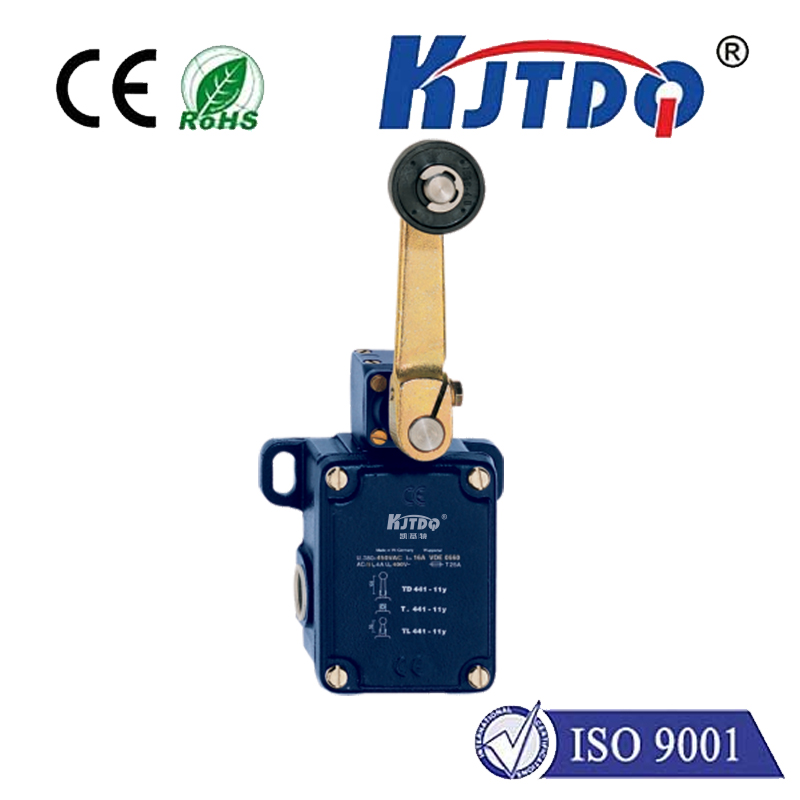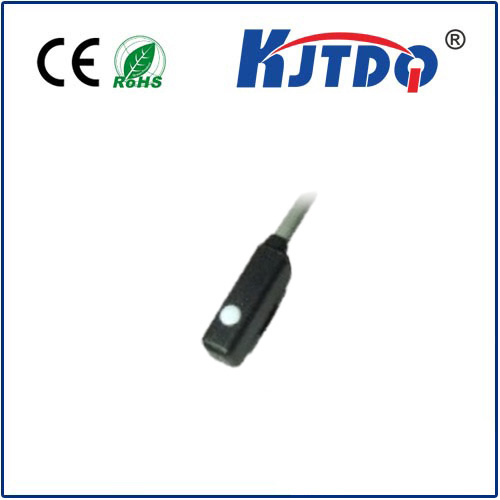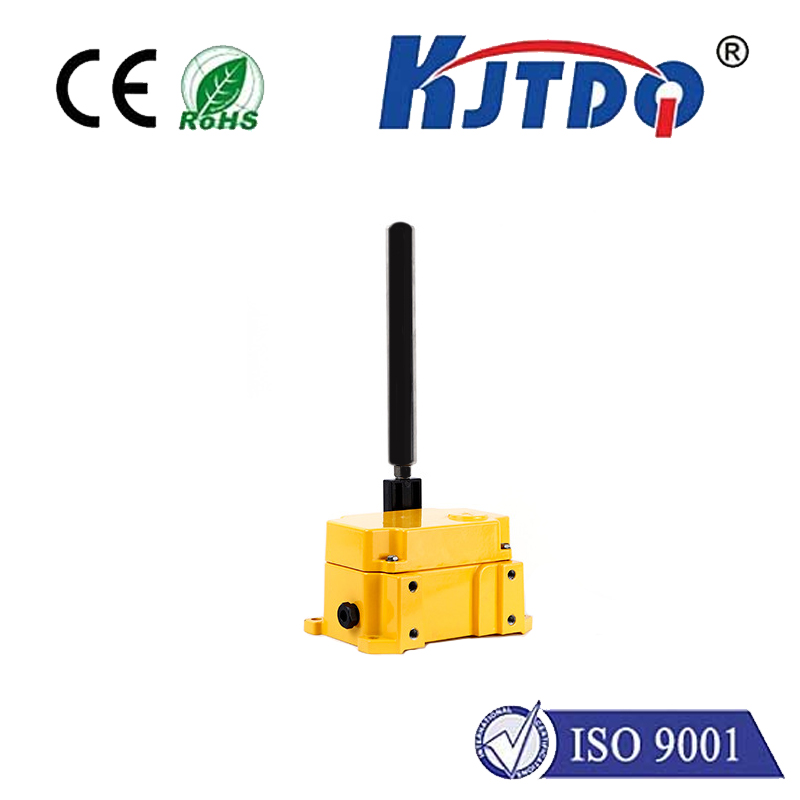limit control switch
- time:2025-07-30 14:21:28
- Click:0
Limit Control Switches: Essential Guardians of Machinery in Motion
Imagine a powerful industrial machine, like a robotic arm on an assembly line. It moves with precise force and speed, handling heavy loads. Now, picture that arm reaching its intended endpoint – but what stops it instantly and reliably if it tries to travel just one dangerous inch further? Or consider your garage door: it travels smoothly to the top and bottom, never crashing into its frame or the ground. The unsung hero enabling this safe operation is the limit control switch.
Often referred to simply as a limit switch, this fundamental component is the silent sentinel ensuring movement stops at precisely the right point. It’s more than just an on/off button; it’s a critical safety mechanism and precision control element embedded within countless machines and systems we rely on daily.
What Exactly is a Limit Control Switch?
At its core, a limit control switch is an electromechanical device designed to detect the presence or absence of an object, or to monitor the position of a moving part. Its primary function is to limit motion – hence the name. When a machine part (an actuator, arm, door, valve, etc.) reaches a predetermined point in its travel, it physically interacts with the switch’s actuator mechanism (like a lever, roller, or plunger). This interaction triggers an internal electrical contact change within the switch.
This contact change is the crucial action. It typically opens or closes an electrical circuit. In the simplest safety application, this breaks the circuit powering the motor or actuator, causing immediate cessation of motion to prevent overtravel, collision, or mechanical damage. Conversely, it might close a circuit to signal that a component has successfully reached its desired position, enabling the next stage of a process to begin.
The Inner Workings: Simplicity Meets Reliability

The fundamental operation leverages reliable physical mechanics:
- Actuator Engagement: The moving machine part (or a target attached to it) makes contact with the switch’s actuator.
- Mechanical Action: This contact physically moves the actuator (pushes a plunger, rotates a lever, presses a roller).
- Contact Change: This movement forces internal electrical contacts within the switch casing to snap from one state to another (e.g., Normally Open (NO) to Closed, or Normally Closed (NC) to Open).
- Signal Sent: The change in the contact state sends a distinct signal to the machine’s control system (like a PLC - Programmable Logic Controller) or directly interrupts power.
- Action Taken: Based on the signal, the control system stops the drive motor, reverses direction, triggers an alarm, or initiates the next programmed sequence.
Their strength lies in this direct physical feedback. Unlike some purely electronic sensors, they provide a definitive, unambiguous position confirmation through a tangible mechanical action.
Exploring the Diverse World of Limit Switches
Limit switches come in a vast array of configurations to suit specific needs:
- Actuator Type: Roller levers (for smooth engagement), plungers (for direct linear push), whisker types (for delicate contact), wobble sticks (for detection from any angle), and rod types are common.
- Enclosure: Ranging from basic plastic for benign environments to incredibly robust, hermetically sealed, explosion-proof metallic housings for harsh, hazardous areas (like chemical plants or mines).
- Contact Configuration: Options include SPDT (Single Pole, Double Throw - one common input switching between two outputs), SPST (Single Pole, Single Throw - simple on/off), NO or NC configurations, and multiple pole options.
- Electrical Rating: Designed to handle specific voltages (e.g., 120VAC, 24VDC) and current loads (amperes) safely.
- Specialized Variants: Sealed limit switches are vital in environments prone to dust, moisture, or washdowns (food processing, beverage plants). Heavy-duty limit switches are built to withstand significant impact forces and environmental abuse.
Where Are Limit Control Switches Found? (Hint: Everywhere!)
Their ubiquity is a testament to their fundamental importance:
- Industrial Automation: Robotic arms (end-of-travel limits), CNC machines (table/carriage positioning), conveyor systems (object detection, end-of-line stops), packaging lines (filling levels, carton flap control).
- Material Handling: Cranes and hoists (upper/lower travel limits), elevators (floor leveling, pit/overhead protection), forklifts (mast height).
- Building Management: HVAC systems (damper position control), automatic doors and gates (open/close limits), garage door openers (essential safety reversal points).
- Transportation: Trains (pantograph height, door operation), automotive assembly (fixture positioning).
- Energy Sector: Valve position indication (open/closed/shut), turbine control.
- Appliances: Washing machines (lid interlock, drum position), dishwashers (spray arm rotation limits).
Why Limit Switches Remain Indispensable
Despite advancements in proximity sensors (inductive, capacitive, photoelectric), limit control switches retain critical advantages:
- Physical Confirmation: Provides tactile feedback and absolute position verification that a part has reached its target, crucial for safety interlocking.
- Robustness: Can operate reliably in environments with severe vibration, electrical noise, temperature extremes, dust, dirt, grease, or moisture where other sensors might fail.
- Simplicity & Cost-Effectiveness: Generally simpler to install, set up, and troubleshoot than complex sensor systems. Often more cost-efficient, especially for straightforward position detection.
- High Load Handling: Many models can directly switch significant electrical currents without needing an additional relay to control the load.
- Fail-Safe Operation: NC (Normally Closed) configurations are inherently fail-safe. If the actuator breaks or the switch mechanism fails, the circuit opens, automatically stopping the machine – a vital safety principle.
Installation and Maintenance: Key Considerations for Reliability
Proper installation maximizes the limit switch lifespan and effectiveness:
- Positioning Accuracy: Precisely mount the switch so the actuator engages consistently at the exact desired travel point. Micro-adjustable mounting brackets are often used.
- Actuator Selection: Choose the actuator type (roller lever, plunger etc.) best suited to the speed, direction, and force of the moving part.
- Operating Environment: Select an enclosure rating (IP, NEMA) adequate for the environmental hazards – moisture, dust, chemicals, explosive atmospheres, or physical impact (IK rating). Sealed switches are frequently essential.
- Electrical Matching: Ensure the switch contacts are rated for the voltage and current (resistive AND inductive loads) of the circuit they are controlling/signaling.
- Prevent Over-Travel: While designed for impact, excessive force beyond the switch’s rating can cause premature failure. Consider using adjustable stops before the switch position to absorb the main impact force, letting the switch handle only the fine positioning signal.
- Routine Inspection: Periodically check for physical damage (cracked casings, bent levers), security of mounting, clean actuator mechanisms (ensure free movement), and verify electrical connections are tight. Test their function during machine safety checks.
The Unseen Pillar of Safe Operation
From the massive gantry crane lifting tons to the humble microwave ensuring the door is closed before operation, limit control switches perform a vital, often invisible, role. They are the fundamental traffic signals within the machinery, ensuring components move only within their designated safe zones, preventing costly damage, catastrophic failure, and importantly, safeguarding personnel. Their blend of mechanical reliability, electrical switching capability, and versatility makes them an enduring and critical component in the precise control and inherent safety of automated systems across the entire industrial and technological landscape. Understanding their function and proper application is key to robust and fail-safe machine design






